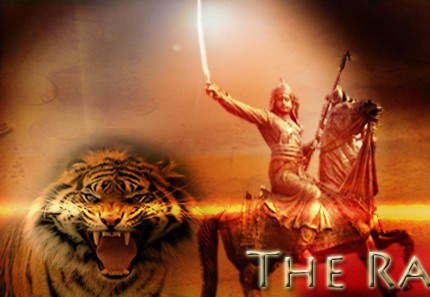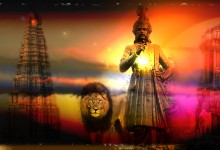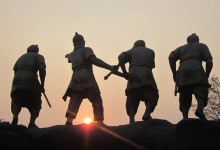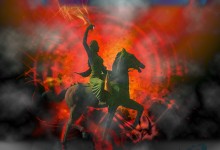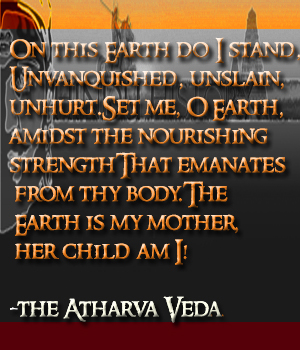Posts Tagged ‘Did the British save Hindus’

Did the British save Hindus ?
The idea, however, that the British have wrested the Empire from the Mohamadans is a mistake. The Mohamadans were beaten down — almost everywhere except in Bengal — before the British appeared upon the scene; Bengal they ...

